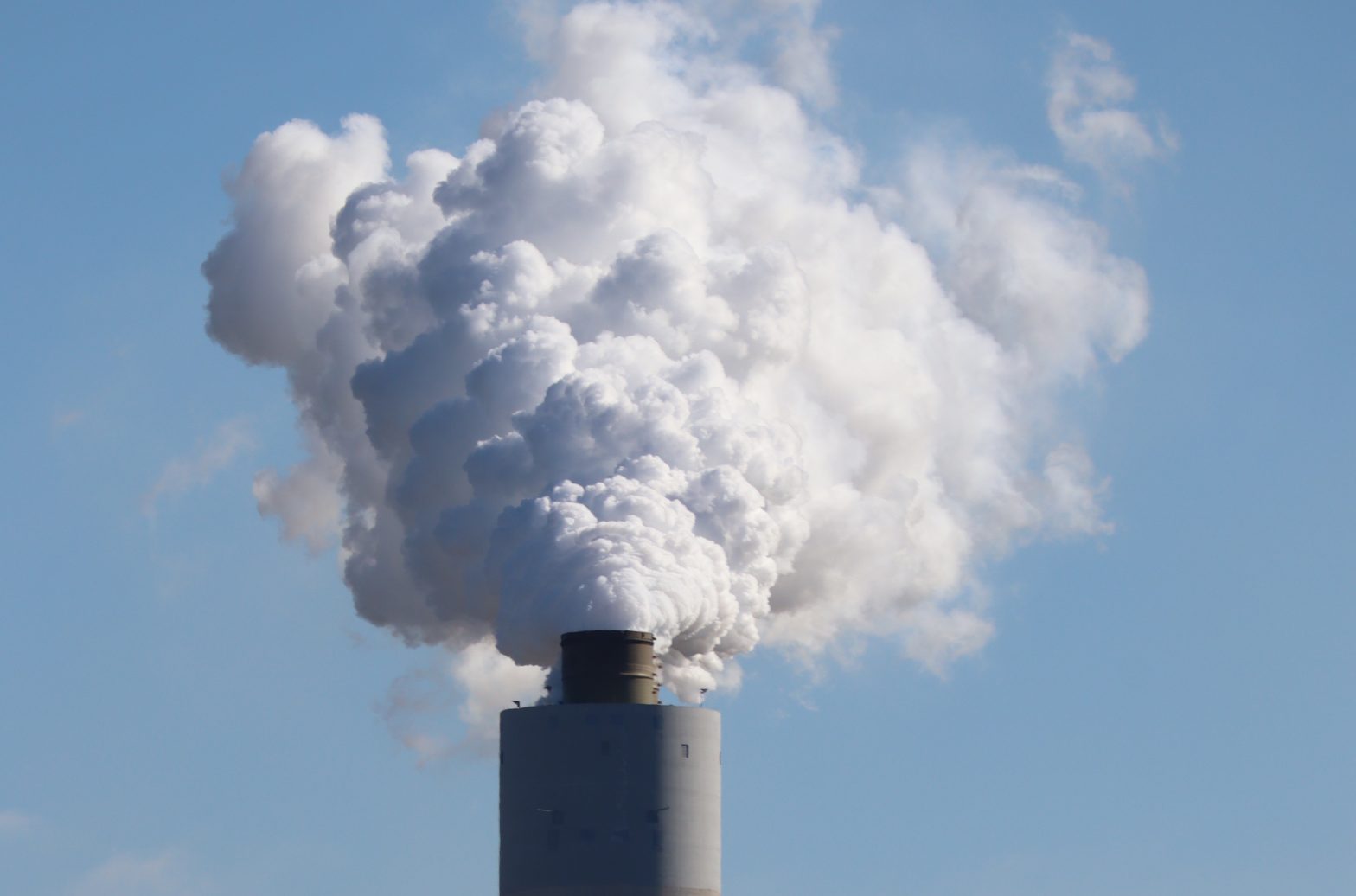I’ve been thinking a lot about pollution lately. The hospital we live near is planning to install a natural gas turbine power plant, ostensibly to provide backup power but, oh by the way, it’ll also save them $1 million per year, they admit. As I started investigating their plans and digging into the science, I learned just how significant—and likely underestimated—the health effects of air pollution really are.
In the last few years, there have been a flurry of studies uncovering links between particulate pollution (the fine dust produced by the combustion of fossil fuels) and a number of diseases. It ranges from the obvious, like cardiovascular disease and heart attacks, to the surprising, like kidney disease and Parkinson’s. I’m not one to be alarmist, but it got me thinking, what if so many modern ailments are the result of the air we breathe?
Dozens and dozens of researchers are on the case now, but one name stood out to me: Joel Schwartz. Earlier in his career, Schwartz focused on the health impacts of lead, eventually fingering leaded gasoline as the cause of the massive, society-wide exposure to lead that stunted children’s growth and development, among other things. His work “played a major role in the phaseout of lead in gasoline,” the MacArthur Foundation said, which honored him with a “Genius Grant” in 1991.
Against this backdrop, I was reminded of an article that Eric Roston wrote last fall for Bloomberg. A working paper by two economists linked a jump in air pollution in 2017 and 2018 to the deaths 10,000 Americans. Why the spike? A humming economy, which hasn’t yet decoupled from carbon, more wildfires, and weaker enforcement by the EPA. The last is alarming because it’s such an easy fix. But as Schwartz’s research points out, even if the EPA were enforcing the law, it probably wouldn’t be enough. Even two days of exposure to more particulate pollution (PM2.5 to be specific) was enough to increase death rates among people 65 and older by more than 2%.
Needless to say, I’ve been pushing the hospital on their power plant issue. Is a natural gas turbine really the right solution? I suspect not. And if something else can work in this case, why not in others?
Here’s what else has caught my attention.
- Time to end fossil fuel subsidies, according to seven scientists and academics writing at Scientific American. Eliminating them could trim carbon emissions by two gigatons (!) per year.
- The public health crisis caused by covid-19 has also put a damper on China’s factories. Energy demand typically lulls during the Lunar New Year holiday, which reduces coal pollution. But this year, with so many factories closed, it hasn’t bounced back. Carbon emissions are temporarily down 25%, according to Carbon Brief.
- Volkswagen wants to hire a climate activist to light a fire under its ass. “We are too slow,” CEO Herbert Diess told the Financial Times. “I think we need some more internal challenges.” (via Ars Technica)
- Let’s be honest, we’re probably not going to get to net zero quickly enough. We’re going to need to adapt, too. But a lot of those proposed (and implemented) bits of infrastructure—things like waterfront parks and bike paths to absorb storm surges—are spurring what experts are calling “green gentrification.” I’ve been on the population density beat for a while, but Adam Rogers over at Wired opened my eyes to this particular problem. The upshot? We should still be building attractive climate infrastructure, but we should also be mindful of the side effects.

